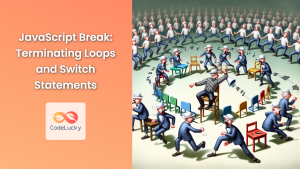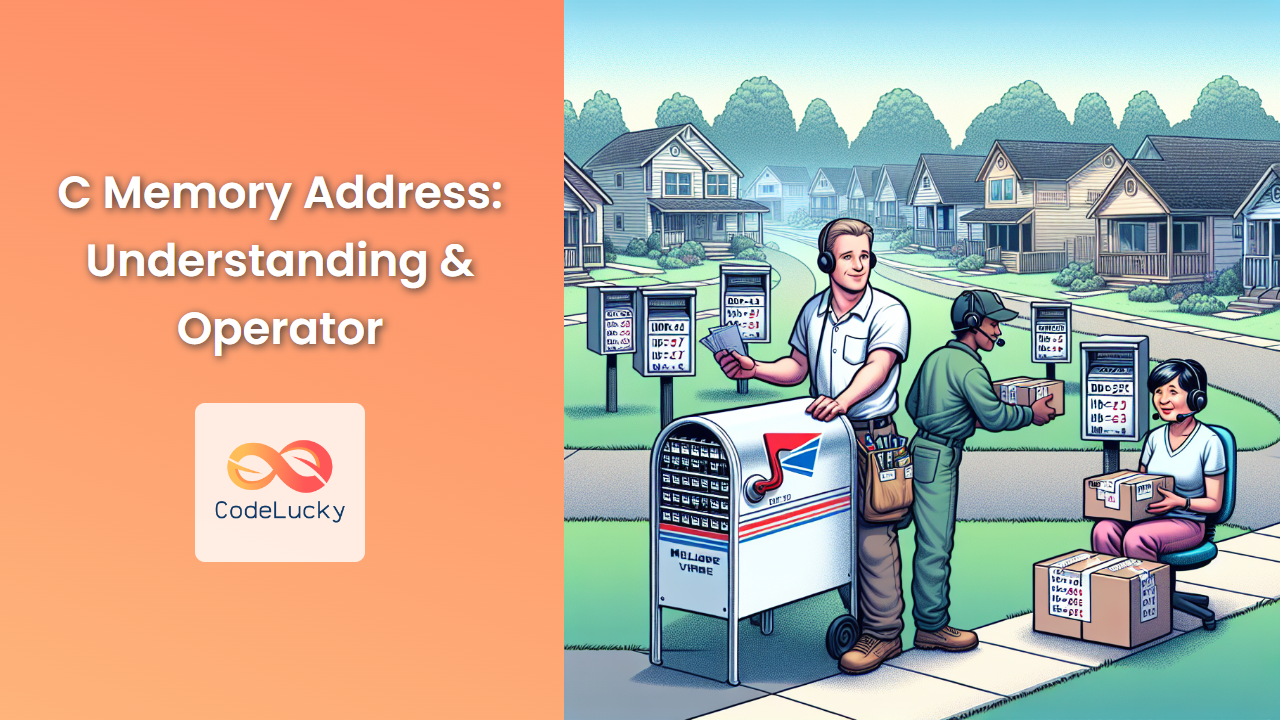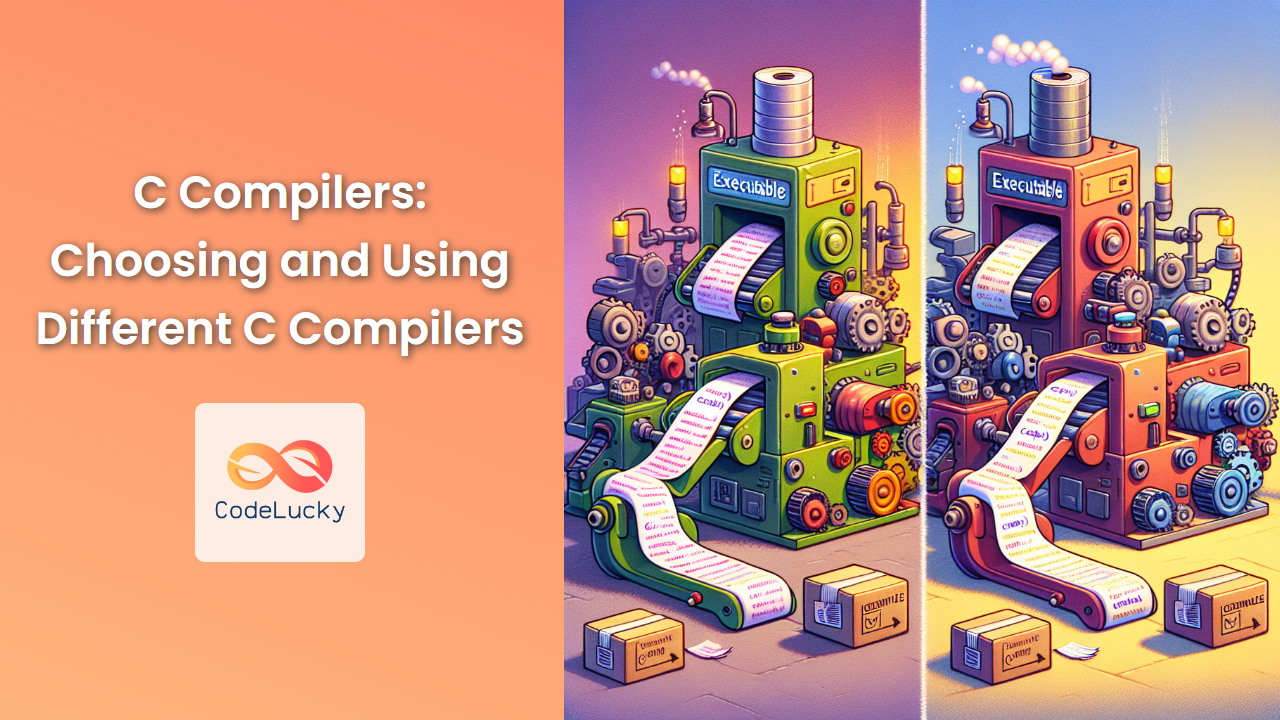In the world of C programming, loops are essential structures that allow us to repeat a set of instructions multiple times. However, there are situations where we need more control over the flow of our loops. This is where the break and continue statements come into play. These powerful keywords give programmers the ability to alter the normal execution of loops, providing greater flexibility and efficiency in code design.
Understanding the Break Statement
The break statement is a loop control mechanism that allows you to terminate the loop prematurely. When encountered, it immediately exits the loop, regardless of the loop's condition. This can be particularly useful when you've found what you're looking for or when a certain condition is met that requires an early exit.
Let's look at a practical example to understand how break works:
#include <stdio.h>
int main() {
int numbers[] = {1, 2, 3, 4, 5, 6, 7, 8, 9, 10};
int size = sizeof(numbers) / sizeof(numbers[0]);
int target = 6;
int i;
for (i = 0; i < size; i++) {
if (numbers[i] == target) {
printf("Target %d found at index %d\n", target, i);
break;
}
}
if (i == size) {
printf("Target %d not found in the array\n", target);
}
return 0;
}
In this example, we're searching for a target number in an array. Once we find the target, we use break to exit the loop immediately. This prevents unnecessary iterations through the rest of the array.
Output:
Target 6 found at index 5
🔍 Key Insight: The break statement is particularly useful in search algorithms where continuing the loop after finding the target would be wasteful.
Mastering the Continue Statement
While break exits the loop entirely, continue skips the rest of the current iteration and moves to the next one. This is useful when you want to skip certain elements or conditions without terminating the entire loop.
Let's see continue in action with an example:
#include <stdio.h>
int main() {
int numbers[] = {1, 2, 3, 4, 5, 6, 7, 8, 9, 10};
int size = sizeof(numbers) / sizeof(numbers[0]);
printf("Odd numbers in the array:\n");
for (int i = 0; i < size; i++) {
if (numbers[i] % 2 == 0) {
continue; // Skip even numbers
}
printf("%d ", numbers[i]);
}
printf("\n");
return 0;
}
In this example, we're printing only the odd numbers from an array. When we encounter an even number, we use continue to skip to the next iteration without printing.
Output:
Odd numbers in the array:
1 3 5 7 9
🚀 Pro Tip: Use continue when you want to skip specific iterations based on certain conditions, without exiting the loop entirely.
Break and Continue in Nested Loops
When working with nested loops, break and continue affect only the innermost loop in which they appear. This behavior can be both powerful and tricky. Let's explore an example:
#include <stdio.h>
int main() {
int matrix[3][4] = {
{1, 2, 3, 4},
{5, 6, 7, 8},
{9, 10, 11, 12}
};
printf("Matrix elements (skipping 6 and stopping at 10):\n");
for (int i = 0; i < 3; i++) {
for (int j = 0; j < 4; j++) {
if (matrix[i][j] == 6) {
continue; // Skip 6
}
if (matrix[i][j] == 10) {
break; // Stop at 10
}
printf("%d ", matrix[i][j]);
}
printf("\n");
}
return 0;
}
In this example, we're working with a 2D array (matrix). We skip printing the number 6 using continue, and we stop printing a row when we encounter 10 using break.
Output:
Matrix elements (skipping 6 and stopping at 10):
1 2 3 4
5 7 8
9
⚠️ Warning: Be cautious when using break and continue in nested loops. They only affect the innermost loop, which might not always be what you want.
Advanced Usage: Labels with Break and Continue
In some complex scenarios, you might want break or continue to affect an outer loop instead of the innermost one. While C doesn't support labeled breaks like some other languages, we can achieve similar functionality using goto statements. However, this approach should be used sparingly as it can make code harder to read and maintain.
Here's an example demonstrating this concept:
#include <stdio.h>
int main() {
int matrix[3][4] = {
{1, 2, 3, 4},
{5, 6, 7, 8},
{9, 10, 11, 12}
};
printf("Matrix elements (stopping at 10, affecting outer loop):\n");
for (int i = 0; i < 3; i++) {
for (int j = 0; j < 4; j++) {
if (matrix[i][j] == 10) {
goto end_outer_loop; // Exit both loops
}
printf("%d ", matrix[i][j]);
}
printf("\n");
}
end_outer_loop:
printf("\nOuter loop terminated.\n");
return 0;
}
In this example, we use a goto statement to simulate breaking out of both loops when we encounter the number 10.
Output:
Matrix elements (stopping at 10, affecting outer loop):
1 2 3 4
5 6 7 8
9
Outer loop terminated.
🛑 Caution: While goto can be used to achieve more complex loop control, it's generally discouraged in modern C programming due to its potential to create confusing and hard-to-maintain code.
Performance Considerations
Both break and continue can have performance implications, especially in large loops or when dealing with big data sets. Let's consider a performance-oriented example:
#include <stdio.h>
#include <time.h>
#define ARRAY_SIZE 1000000
int main() {
int numbers[ARRAY_SIZE];
clock_t start, end;
double cpu_time_used;
// Initialize array
for (int i = 0; i < ARRAY_SIZE; i++) {
numbers[i] = i;
}
// Without break
start = clock();
int sum_without_break = 0;
for (int i = 0; i < ARRAY_SIZE; i++) {
sum_without_break += numbers[i];
}
end = clock();
cpu_time_used = ((double) (end - start)) / CLOCKS_PER_SEC;
printf("Time without break: %f seconds\n", cpu_time_used);
// With break at halfway point
start = clock();
int sum_with_break = 0;
for (int i = 0; i < ARRAY_SIZE; i++) {
sum_with_break += numbers[i];
if (i == ARRAY_SIZE / 2) {
break;
}
}
end = clock();
cpu_time_used = ((double) (end - start)) / CLOCKS_PER_SEC;
printf("Time with break: %f seconds\n", cpu_time_used);
return 0;
}
This example compares the execution time of a loop that runs through the entire array versus one that breaks at the halfway point.
Sample Output:
Time without break: 0.003000 seconds
Time with break: 0.001000 seconds
📊 Performance Insight: Using break can significantly improve performance by avoiding unnecessary iterations. However, the exact impact depends on the specific use case and data size.
Common Pitfalls and Best Practices
While break and continue are powerful tools, they can also lead to code that's hard to read or maintain if not used carefully. Here are some best practices and common pitfalls to avoid:
-
Overuse of break and continue: Excessive use can make your code harder to follow. Use them judiciously.
-
Infinite Loops: Be careful not to create infinite loops when using
continue. Ensure your loop condition will eventually be false.
// Incorrect use leading to an infinite loop
for (int i = 0; i < 10; i++) {
if (i < 5) {
continue;
}
i--; // This will keep i always less than 5
printf("%d ", i);
}
-
Breaking Out of Nested Loops: Remember that
breakonly exits the innermost loop. If you need to exit multiple loops, consider using a flag or restructuring your code. -
Clarity: Always add comments explaining why you're using
breakorcontinue, especially in complex scenarios. -
Alternative Approaches: Sometimes, restructuring your loop condition or using early returns in functions can be clearer than using
breakorcontinue.
// Instead of this:
for (int i = 0; i < size; i++) {
if (condition) {
// process
break;
}
}
// Consider this:
for (int i = 0; i < size && !condition; i++) {
// process
}
🌟 Best Practice: Strive for code that's not only functional but also readable and maintainable. Sometimes, a slightly longer but clearer approach is better than a concise but cryptic one.
Real-world Applications
Understanding when and how to use break and continue can greatly enhance your C programming skills. Let's look at a real-world scenario where these statements prove invaluable:
Imagine you're writing a program to analyze sales data for a company. You have an array of daily sales figures for a year, and you want to find the first day sales exceeded a certain threshold, but you also want to skip any days where the data is invalid (represented by a negative number).
#include <stdio.h>
#include <stdlib.h>
#include <time.h>
#define DAYS_IN_YEAR 365
int main() {
float sales[DAYS_IN_YEAR];
float threshold = 1000.0;
int target_day = -1;
// Simulate sales data
srand(time(NULL));
for (int i = 0; i < DAYS_IN_YEAR; i++) {
sales[i] = (float)(rand() % 2000) - 100; // Random value between -100 and 1900
}
// Analyze sales data
for (int day = 0; day < DAYS_IN_YEAR; day++) {
if (sales[day] < 0) {
printf("Day %d: Invalid data, skipping\n", day + 1);
continue; // Skip invalid data
}
printf("Day %d: $%.2f\n", day + 1, sales[day]);
if (sales[day] > threshold) {
target_day = day;
break; // Found the first day exceeding threshold, exit loop
}
}
if (target_day != -1) {
printf("\nFirst day sales exceeded $%.2f was Day %d with $%.2f\n",
threshold, target_day + 1, sales[target_day]);
} else {
printf("\nSales did not exceed $%.2f in the given period\n", threshold);
}
return 0;
}
In this example:
- We use
continueto skip days with invalid data (negative sales figures). - We use
breakto exit the loop as soon as we find a day where sales exceed our threshold.
Sample Output:
Day 1: $523.00
Day 2: Invalid data, skipping
Day 3: $1432.00
First day sales exceeded $1000.00 was Day 3 with $1432.00
🏆 Real-world Benefit: This approach allows us to efficiently process large datasets, skipping irrelevant data and stopping as soon as we find what we're looking for, potentially saving significant processing time.
Conclusion
The break and continue statements are powerful tools in a C programmer's arsenal. They offer fine-grained control over loop execution, allowing for more efficient and expressive code. However, with great power comes great responsibility. It's crucial to use these statements judiciously, always keeping code readability and maintainability in mind.
Remember:
- Use
breakwhen you need to exit a loop prematurely. - Use
continuewhen you want to skip the rest of the current iteration and move to the next one. - Be cautious with nested loops and consider alternative approaches for complex scenarios.
- Always prioritize code clarity and add comments to explain your logic when using these statements.
By mastering break and continue, you'll be able to write more efficient, cleaner, and more powerful C programs. Happy coding!
🔗 Further Reading: To deepen your understanding of C programming concepts, explore topics like function pointers, dynamic memory allocation, and advanced data structures.















